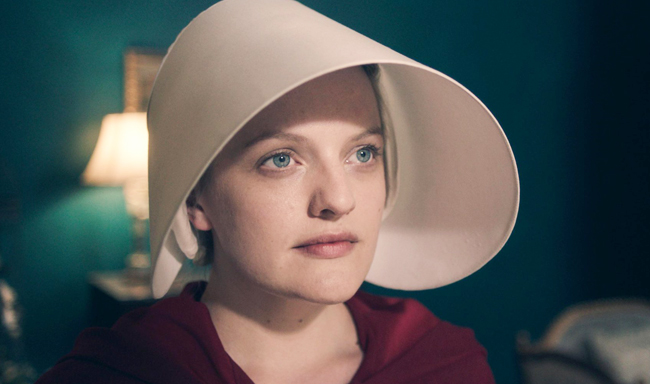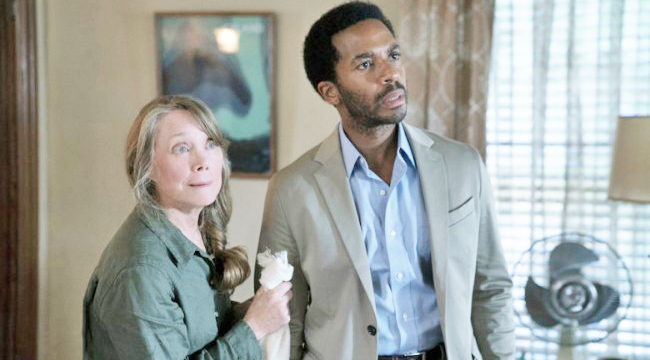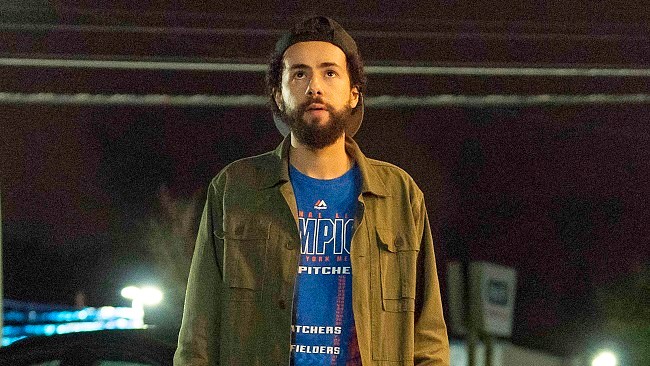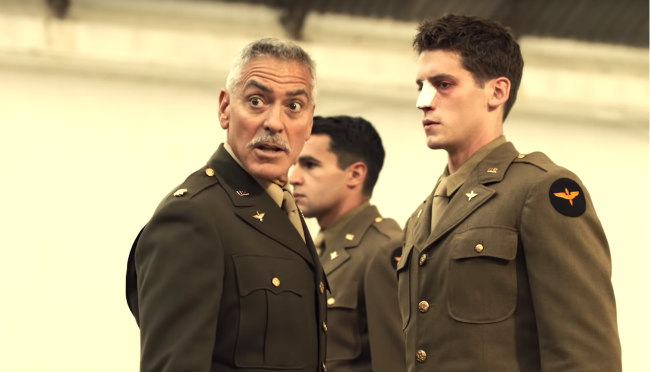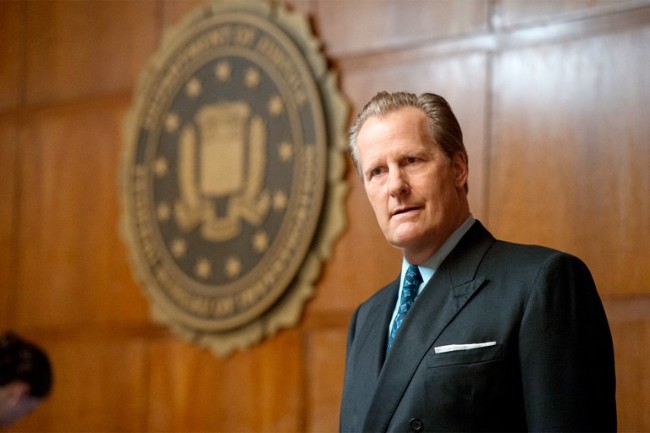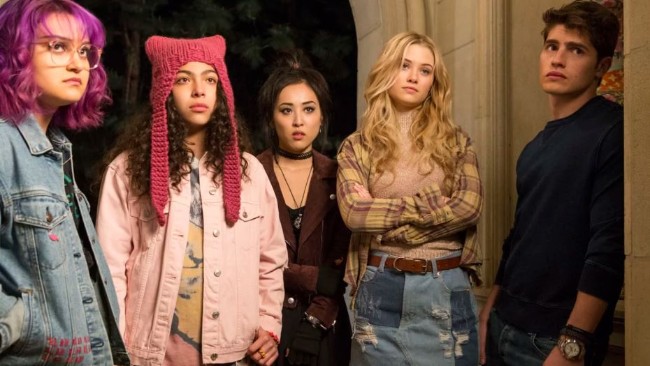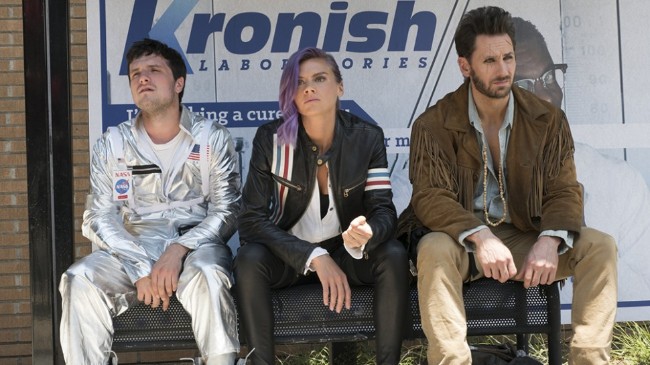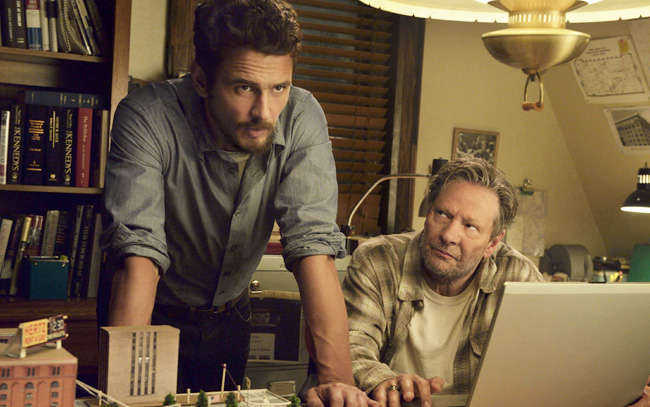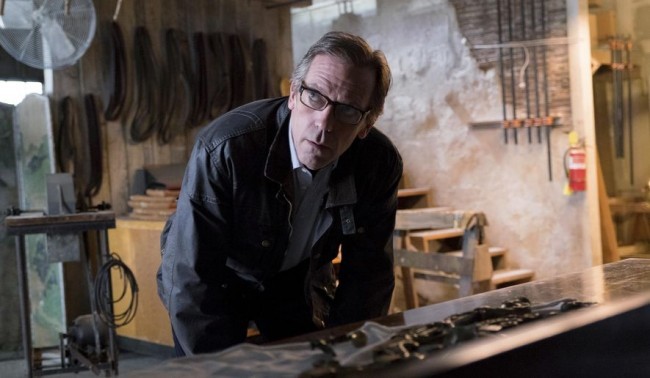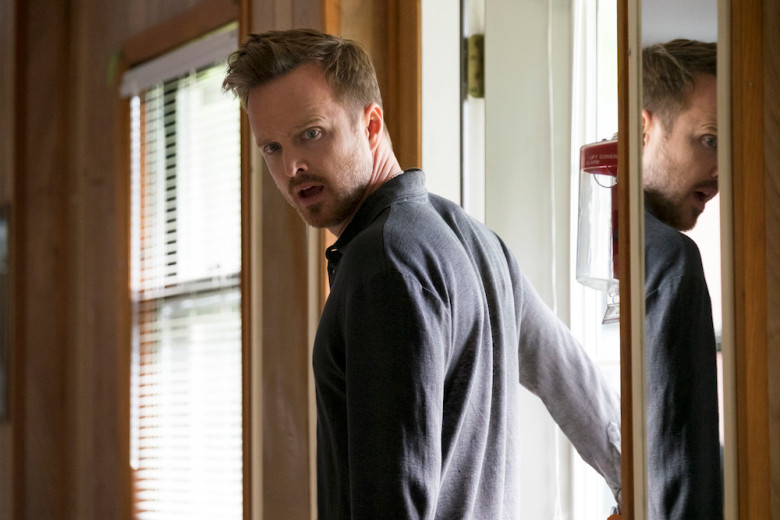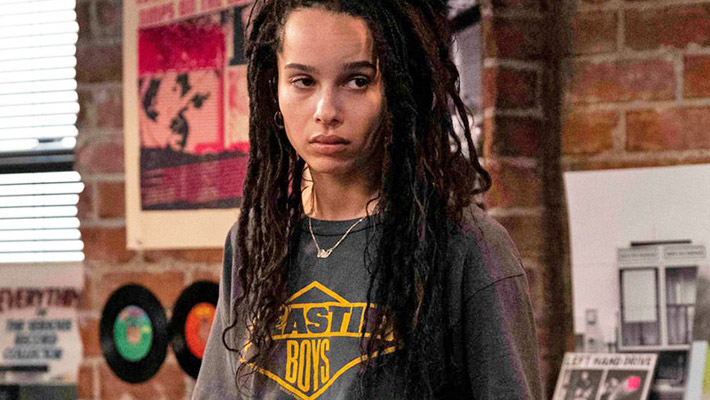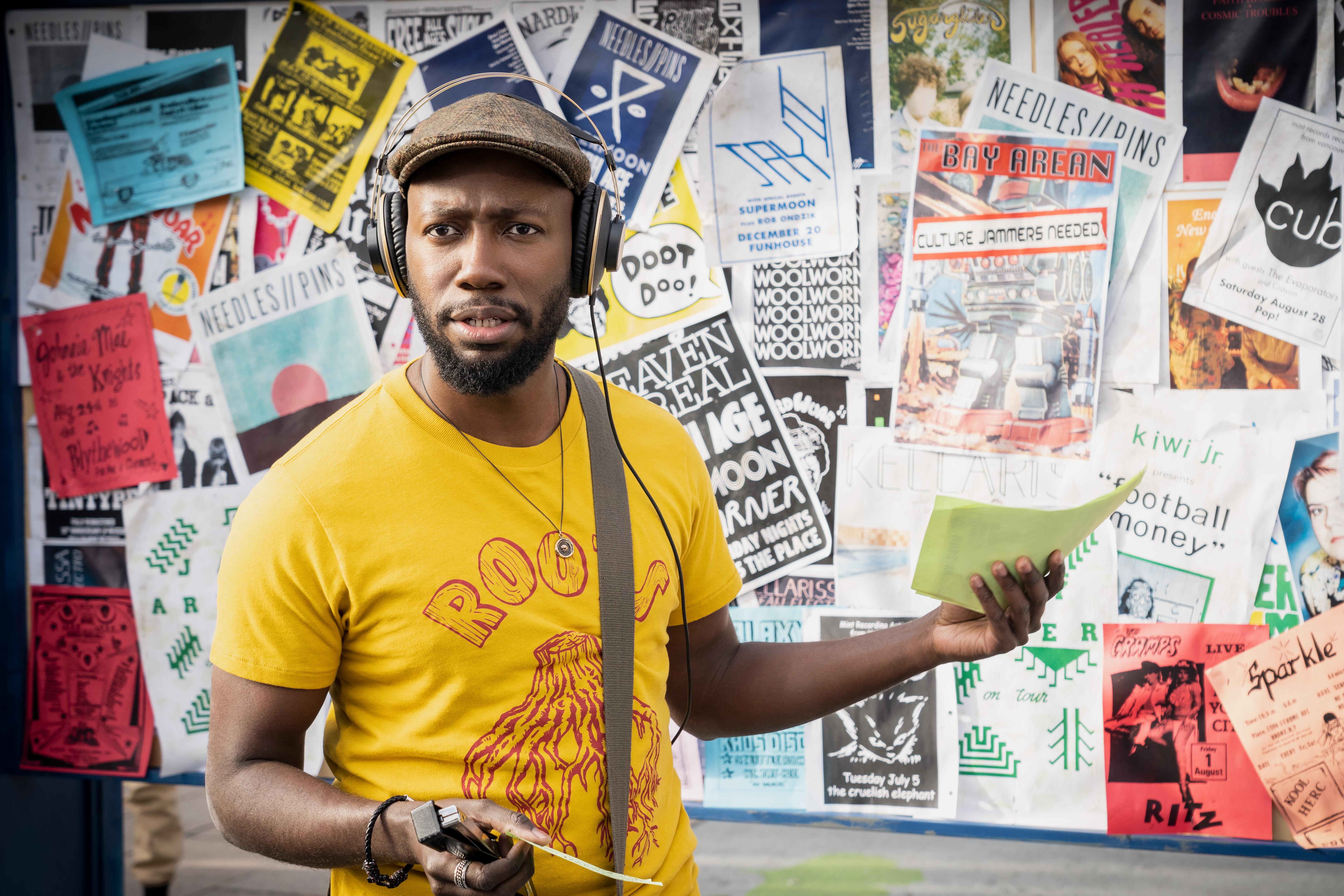
You can spend a lot of money building a whisk(e)y collection. Unicorn bourbons, long-aged scotches, hard-to-find-ryes, and finely-crafted Japanese whiskies all cost a pretty penny. If you want any of these expensive bottles to be the centerpiece of your liquor shelf, your wallet is sure to take a serious hit. But before you spend a month’s salary on a bottle of whiskey, it’s worthwhile to remember that all spirits, at their core, were distilled, aged, and bottled to be imbibed.
Meaning that you’re supposed to drink the stuff. So it has to be at least affordable enough for you to not stress over. Because god knows a little less stress is the whole point of this pastime in the first place.
That’s why we love the “value” conversation in whiskey so much. You know, expressions that outkick their coverage and punch above their weight class. Bottles that taste better than their prices dictate.
The 10 bottles below ring up at under $60 but we could see all of them costing a fair bit more. We’ve added our usual tasting notes for each, plus given examples of the pricier expressions they resemble. If you decide to pick up any of these, know that you’re getting a great bang for your buck — which leaves you with a good reason for a celebratory drink.
Old Forester 1920 (Bourbon Whiskey)
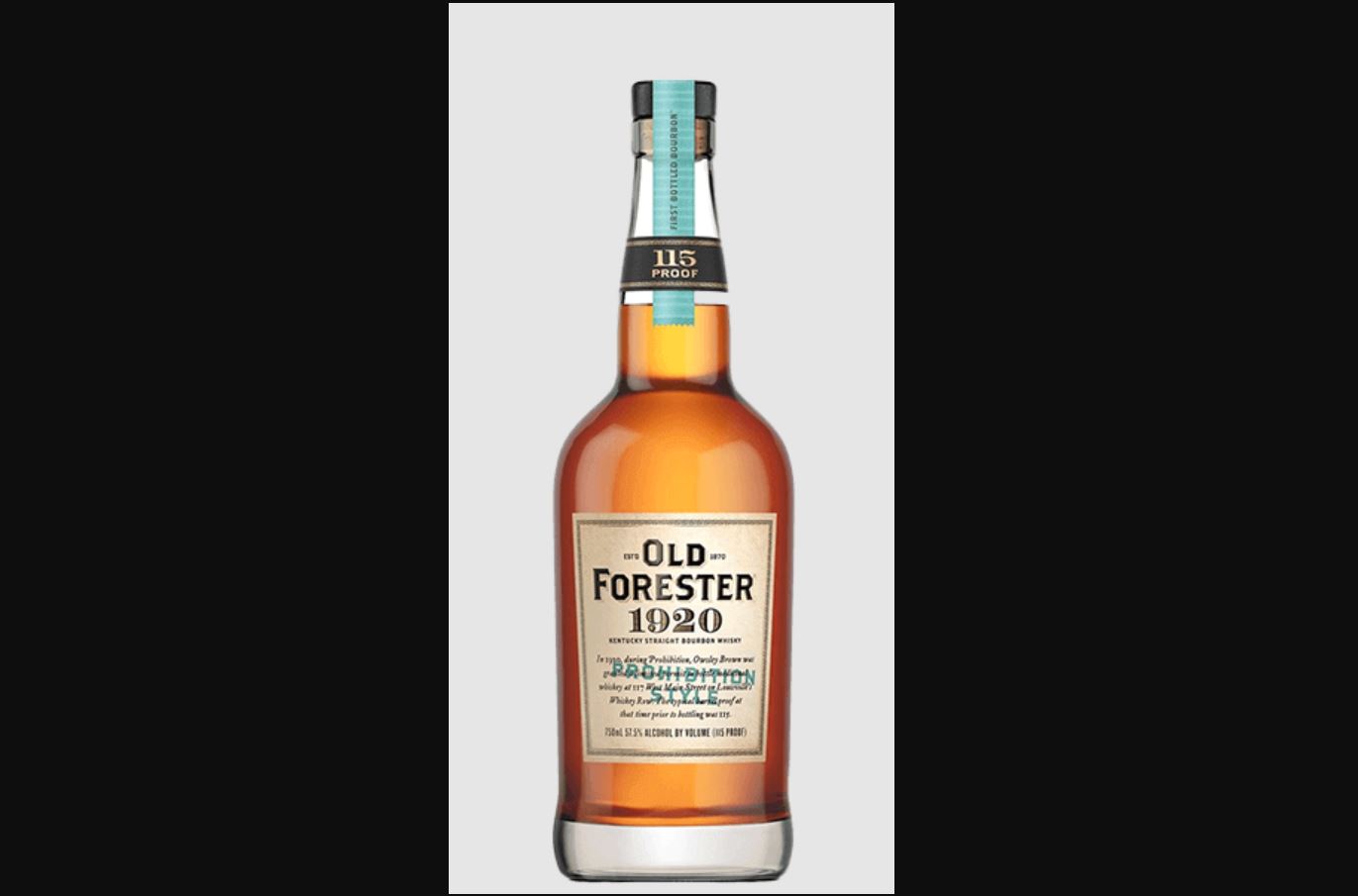
ABV: 57.5%
Average Price: $46.99
The Story:
This “prohibition style” whiskey was made to pay tribute to the history of Old Forester — one of only six distilleries to be granted permits to continuing making bourbon during prohibition for “medicinal purposes.” It’s 115 proof, rich, bold, and perfect for sipping slowly over ice.
Tasting Notes:
Take a whiff and your nose will be greeted with hints of maple syrup, toasted marshmallows, dried cherries, and subtle spicy rye. On the sip you’ll find notes of charred oak, buttery caramel, nutty sweetness, and more peppery rye. The finish is long, warming, and ends with a nice mix of sweet chocolate and creamy butterscotch.
Bottom Line:
For a well-balanced, 115 proof bourbon, under $50 is outlandish. This is a must-have whiskey for your liquor cabinet.
Tastes Like: George T. Stagg ($100 retail)
Ardbeg Wee Beastie (Peated Whisky)

ABV: 47.4%
Average Price: $46.99
The Story:
Smoky, peated whisky isn’t for everyone. It’s definitely an acquired taste. If you’re a fan, you can spend a crazy amount of money buying up Islay single malts. But if you want a great bottle at a reasonable price, look no further than Ardbeg Wee Beastie. Aged for five years in ex-bourbon and oloroso sherry butts, it’s smoky, velvety smooth, and tastes way more expensive than it is.
Tasting Notes:
On the nose, you’ll get hints of toasted vanilla beans, subtle coffee, and a nice herbal fragrance. The palate features delicate flavors of creamy chocolate, sweet caramel, and smoked bacon. At the ends of your sip, you’ll find a long, warming finish with a final flourish of pleasing wood smoke.
Bottom Line:
This is Ardbeg’s youngest whisky and that’s partly why it’s so cheap. It doesn’t taste that young though — which is a good thing for you and your wallet.
Tastes Like: Lagavulin 16 ($80)
Mars Shinshu Iwai Tradition (Japanese Whisky)

ABV: 40%
Average Price: $44.99
The Story:
The Japanese whisky market is dominated by names like Yamazaki, Hakushu, and Nikka. But you’d be remised if you didn’t give Mars Shinshu a try. The distillery sits at the highest elevation of any in Japan — up in the rarefied air of 2,600 feet, in the Japanese Alps.
The brand’s Iwai Tradition expression is filled with all the oaky, caramel, and vanilla flavors Japanese whisky fans crave for much less than the bigger brands.
Tasting Notes:
Even though this is a Japanese Whisky, the nose is all Scotland — subtly smoky, sweet with sherry fragrance, and featuring a nice bit of charred oak. The first sip is loaded with sweet treacle, clover honey, spicy cinnamon, and just a hint of cracked black pepper. Savor the final moments as dried cherries, caramel, and just a hint of smoke fade out slowly.
Bottom Line:
Sure, you can buy a bottle of one of the more well-known brands and be completely happy. Or you can buy a few bottles of Mars Shinshu Iwai Tradition and be happy for much longer.
Tastes Like: Hakushu 12 ($299)
West Cork Bourbon Cask (Irish Whiskey)

ABV: 40%
Average Price: $25.99
The Story:
There are a lot of high-quality Irish whiskeys on the market. Some are overly expensive and others are a true bargain. West Cork Bourbon Cask falls in the latter group. This highly regarded whiskey is a blend of grain (75%) and malt (25%) whiskeys that’s matured in ex-bourbon casks.
The result is an extremely well-rounded, complex whiskey that’s so cheap you won’t believe it.
Tasting Notes:
Spend a moment enjoying the aromas and you’ll find hints of apple cinnamon, caramel, and subtle pepper. On the palate, you’ll get candied orange peels, rich malts, sweet vanilla, and cracked black pepper. The finish is long, lingering, and ends with a nice bit of pleasing heat underpinned by butterscotch.
Bottom Line:
You can hate this for being a blend of grain and malt whiskeys or you can take a sip and realize that it’s delicious and stop caring so much. Also, it’s super cheap.
Tastes Like: Redbreast 12 ($60)
Glenfarclas 10 (Single Malt Scotch Whisky)

ABV: 40%
Average Price: $49.99
The Story:
Glenfarclas 10 is one of the best beginner bottles on the market. It’s so good that you’ll keep drinking it even after expanding your whisky palate. More well-rounded and complex than most 10-year-old single malts, Glenfarclas 10 is a perfect mix of honey sweetness and subtle smoke.
Tasting Notes:
Take time to give this dram a proper nosing and you’ll enjoy aromas of sugar cookies, sherry, and just a hint of woodsmoke. On the palate, expect flavors of dried cherries, buttery caramel, and a kiss of smoky peat. It all ends with pleasing, lingering smoke and a punch of sweet cream.
Bottom Line:
Glenfarclas 10 is touted as an aperitif and is best suited to be sipped slowly as a palate cleanser and digestive aid before a big meal. It’s a lot tastier than a Tums, that’s for damn sure.
Tastes Like: Aberlour A’Bunadh ($115)
Sazerac Straight Rye (Rye Whiskey)

ABV: 45%
Average Price: $17.99
The Story:
When it comes to whiskey, rye is full of bargain bottles. But if you’re looking for a reasonably-priced offering that truly tastes way better than its price tag, turn your attention to Sazerac Straight Rye. Aged for six years, it’s crafted to pay homage to the traditions and history of rye in 1800s New Orleans.
Tasting Notes:
On the nose, you’ll be greeted by aromas of licorice, cracked black pepper, and sweet cream. Take a sip and be transported to a world of candied orange peel, buttery caramel, baking spices, and toasted vanilla beans. The finish is long, lingering, mellow, and ends with a final note of peppery rye.
Bottom Line:
This award-winning rye whiskey could be much more expensive than it is. Just don’t tell the folks at Sazerac that until we can all buy a few bottles.
Tastes Like: WhistlePig 10 ($75)
George Dickel No. 12 (Tennessee Whiskey)
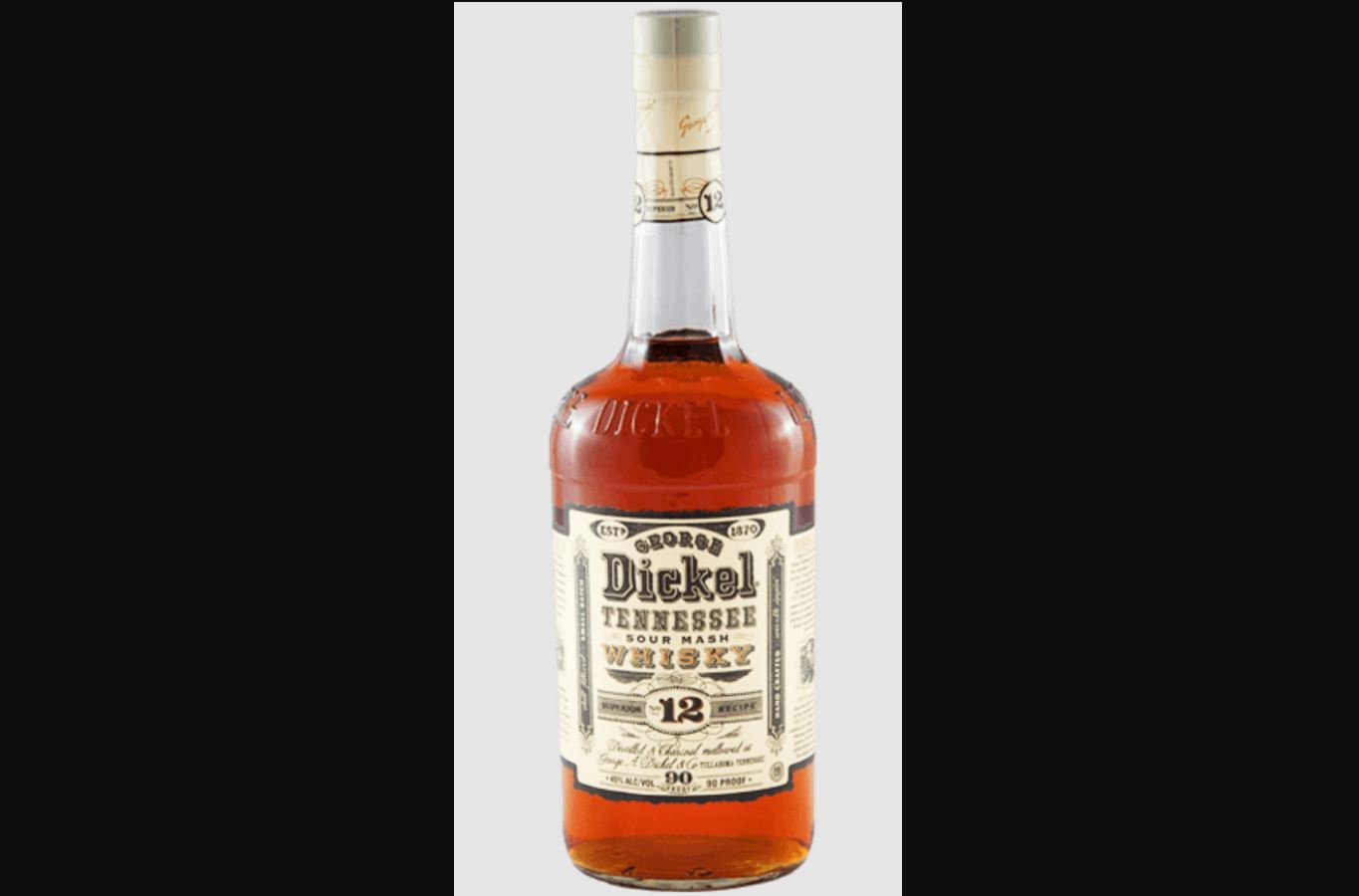
ABV: 45%
Average Price: $20.99
The Story:
George Dickel isn’t talked about all too much around here, but it deserves its flowers today. The company makes high-quality whiskies and its No. 12 is an excellent example of that. This 90-proof blend is made up of whiskeys of various ages selected for their smooth, bold flavor.
Tasting Notes:
The nose features herbal, oaky, and subtly-spicy-meets-creamy-vanilla flavors. On the palate, you’ll be greeted with flavors of charred barrels, buttery caramel, nutty sweetness, and cinnamon. It’s all finished with a long, dry ending with hints of smoke and treacle.
Bottom Line:
George Dickel No. 12 will remind you that there’s a lot more to Tennessee whiskey than just the distillery in Lynchburg.
Tastes Like: Jack Daniel’s Single Barrel ($50)
Lot 40 (Canadian Whisky)

ABV: 43%
Average Price: $33.99
The Story:
Lot 40 is one of the most highly regarded Canadian whiskies for a reason. This award-winning rye whiskey is made in small batches using a mash bill of 100% un-malted rye. The result is a spicy, bold, highly sippable whiskey perfect for winter drinking.
Tasting Notes:
Take a moment to breathe in the aromas from this whisky and you’ll find notes of charred oak, treacle, and a nice hit of peppery rye. The sip brings the swirling flavors of sweet cinnamon sugar, butterscotch, buttery caramel, and cracked black pepper. The finish is medium in length, full of pleasing heat, and ends with a final note of peppery spice.
Bottom Line:
Canada doesn’t always get the love it deserves in the whiskey world. But buy a bottle of Lot 40 and your ideas of what the country has to offer will be expanded quickly.
Tastes Like: Lock Stock & Barrel 16-Year-Old Rye ($150)
Balcones Texas Single Malt (American Single Malt Whiskey)
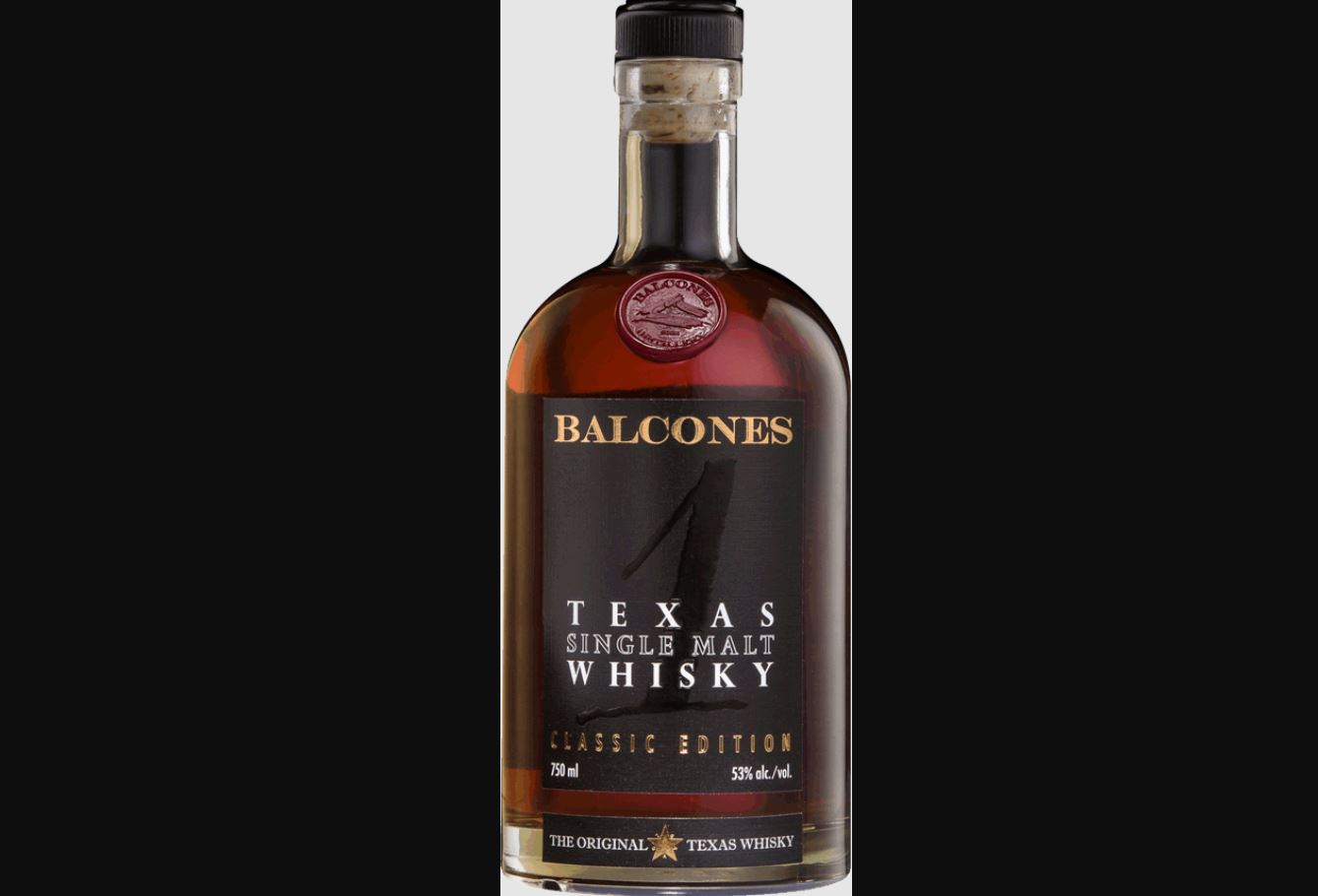
ABV: 53%
Average Price: $57.99
The Story:
Over the past decade, Texas has become less than the wild west of whiskey and more of the new frontier. Balcones is leading the charge with high-quality offerings like its Texas Single Malt. This whiskey is made using contemporary techniques to create a classic single malt while staying local with Texas-sourced ingredients.
Tasting Notes:
The nose is all about clover honey, dried orange peels, and creamy vanilla. On the palate, you’ll be immersed in notes of buttery biscuits, dried fruits, sweet caramel, and a nice hint of cinnamon spice. The last sip is lingering, warm, and ends with a 1-2 punch of charred oak and toasted vanilla beans.
Bottom Line:
If you already enjoy single malt Scotch, it’s time to try American single malt whiskey. And Balcones is one of the best.
Tastes Like: Westward American Single Malt ($80)
Chivas Regal 18 (Blended Scotch Whisky)

ABV: 40%
Average Price: $54.99
The Story:
Many people look down on blended Scotch whiskies. But even though single malt is king, many high-quality blended whiskies deserve your attention. One is Chivas Regal 18, a splendid mix of whiskies that are all a minimum of 18 years old.
Tasting Notes:
On the nose, you’ll find aromas of sticky toffee pudding, sweet cinnamon, and creamy vanilla. The palate is complex — the brand claims that you can taste over 85 flavors. We taste candied orange peels, buttery caramel, bitter dark chocolate, and just a wisp of wood smoke. The finish is long, sweet, and ends with a nice hint of sugary vanilla.
Bottom Line:
For the price, there are few blended Scotch whiskies better than Chivas Regal 18. Sip it, mix with, savor it.
Tastes Like: Johnnie Walker Blue Label ($200)

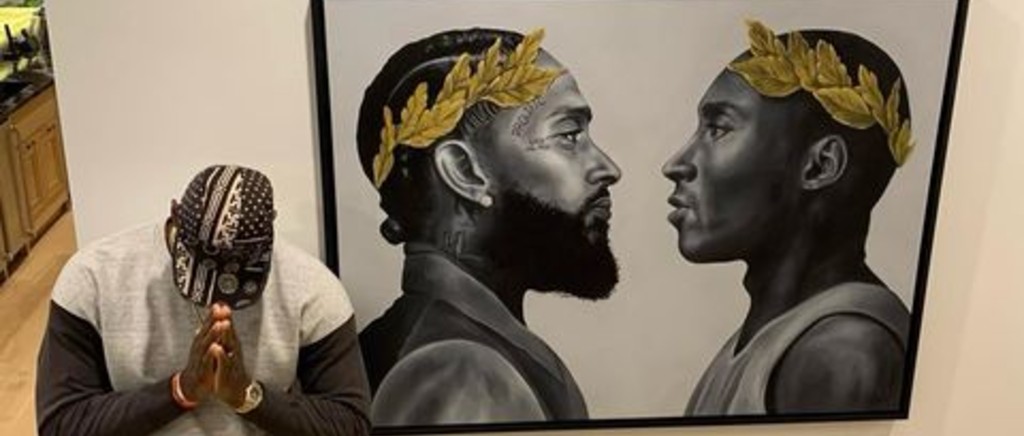




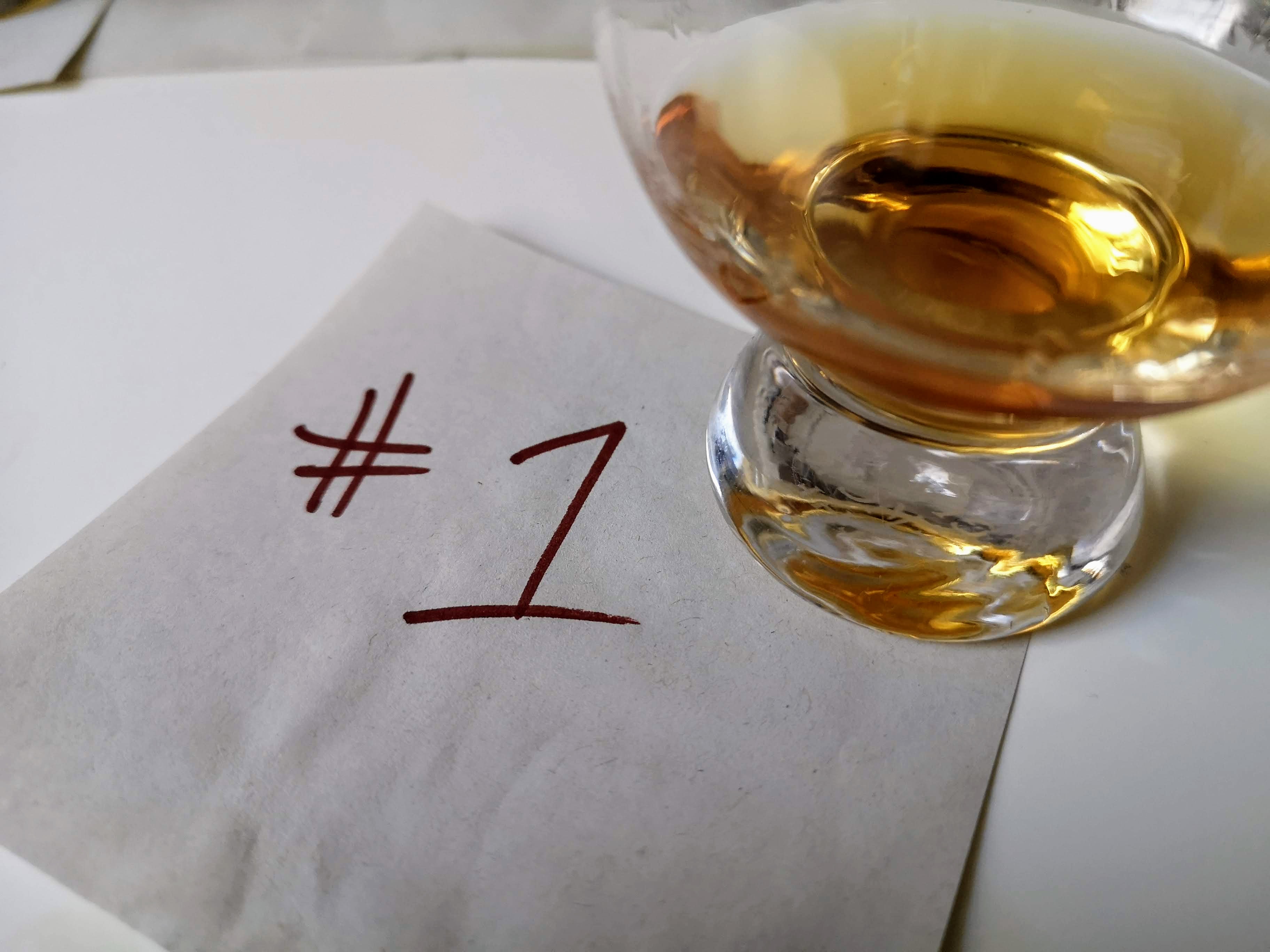
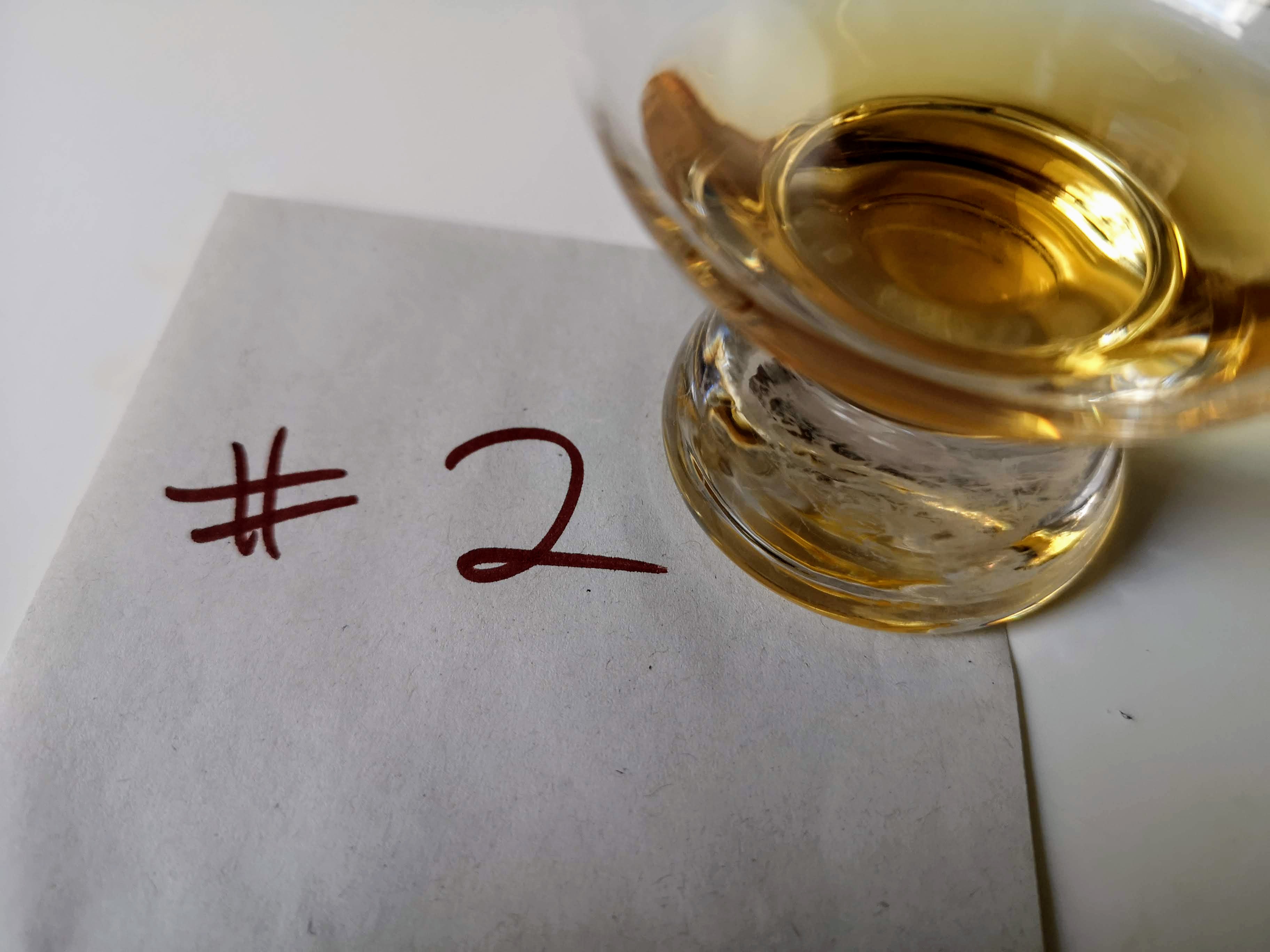
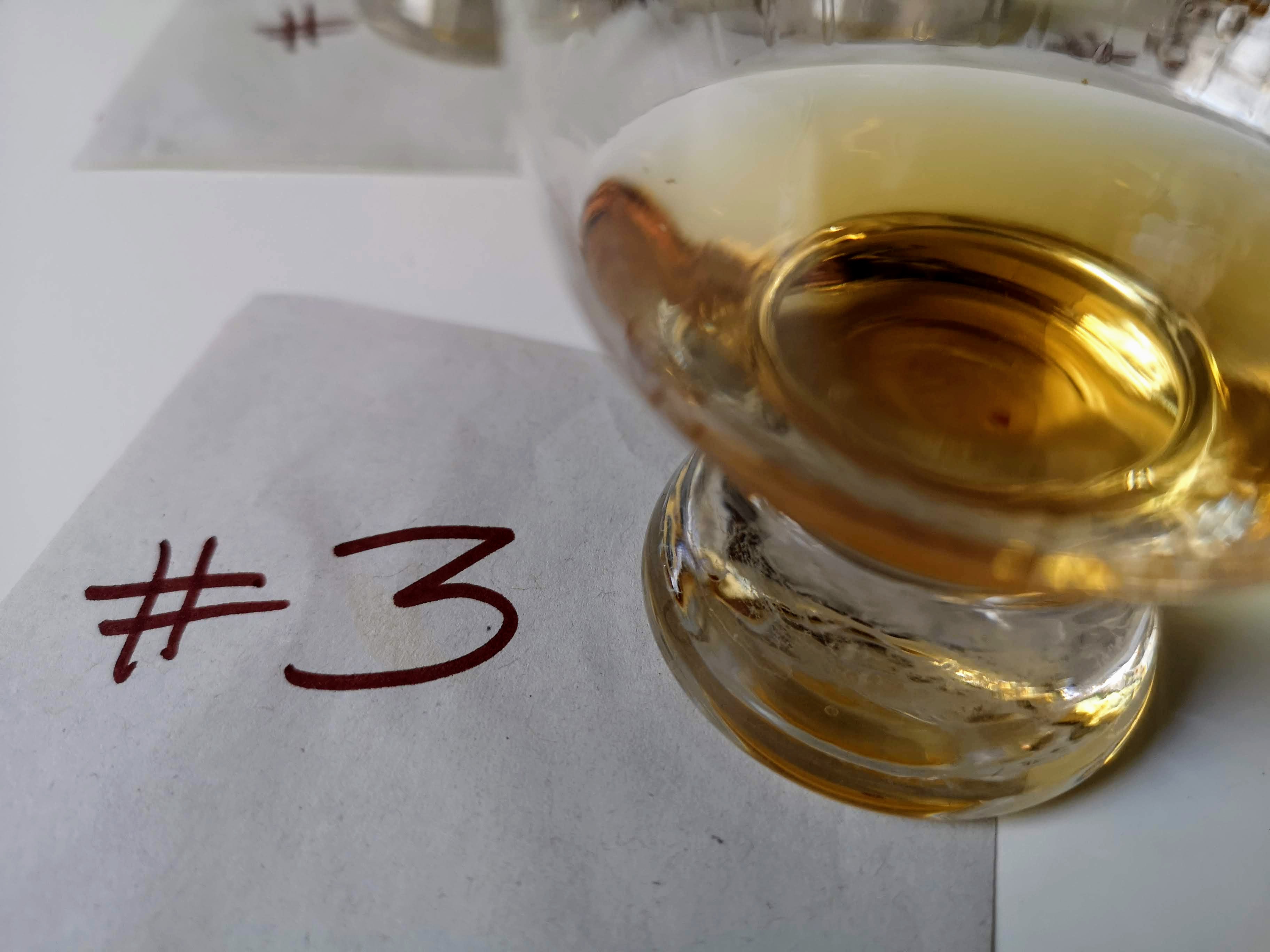
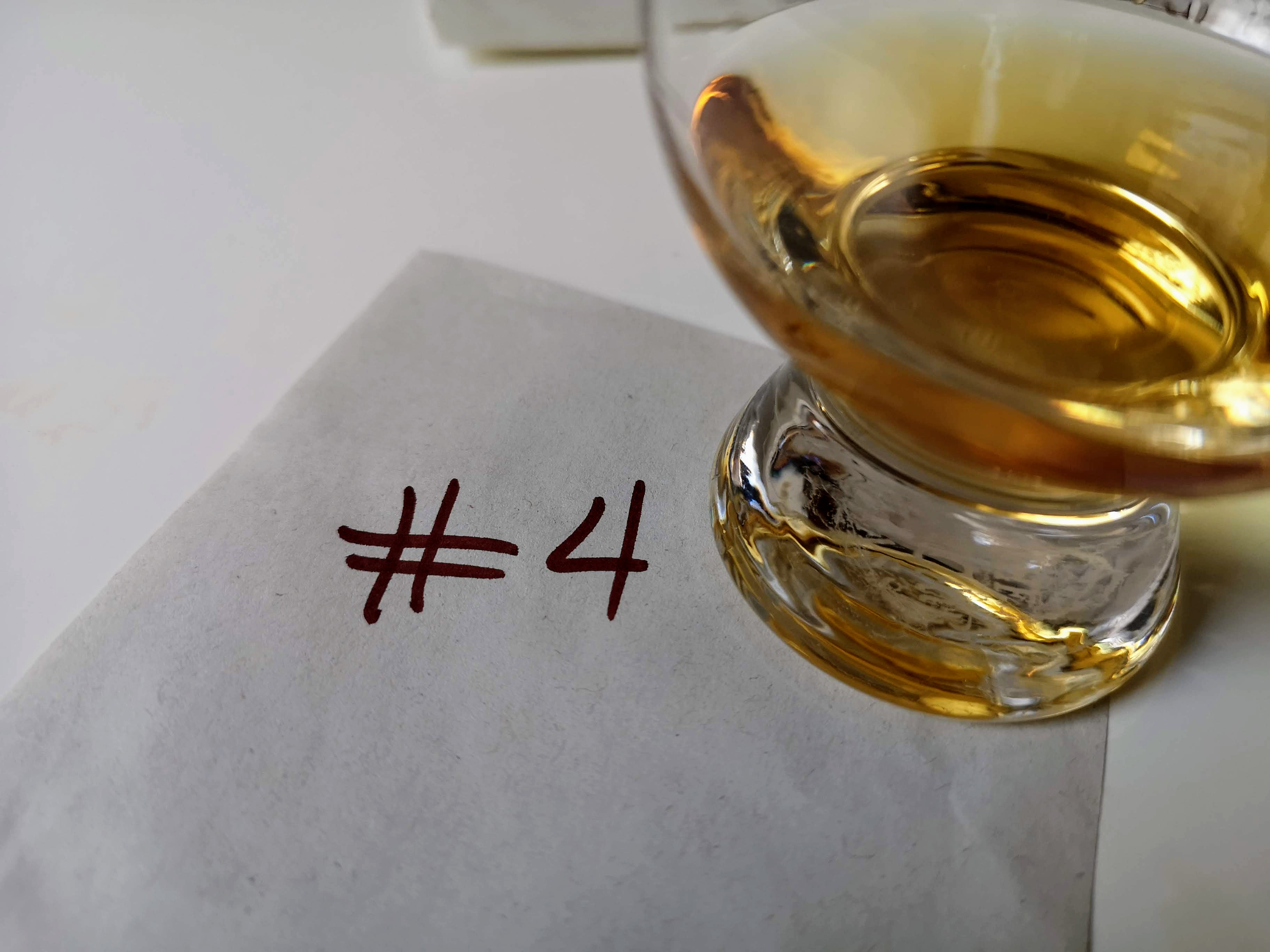


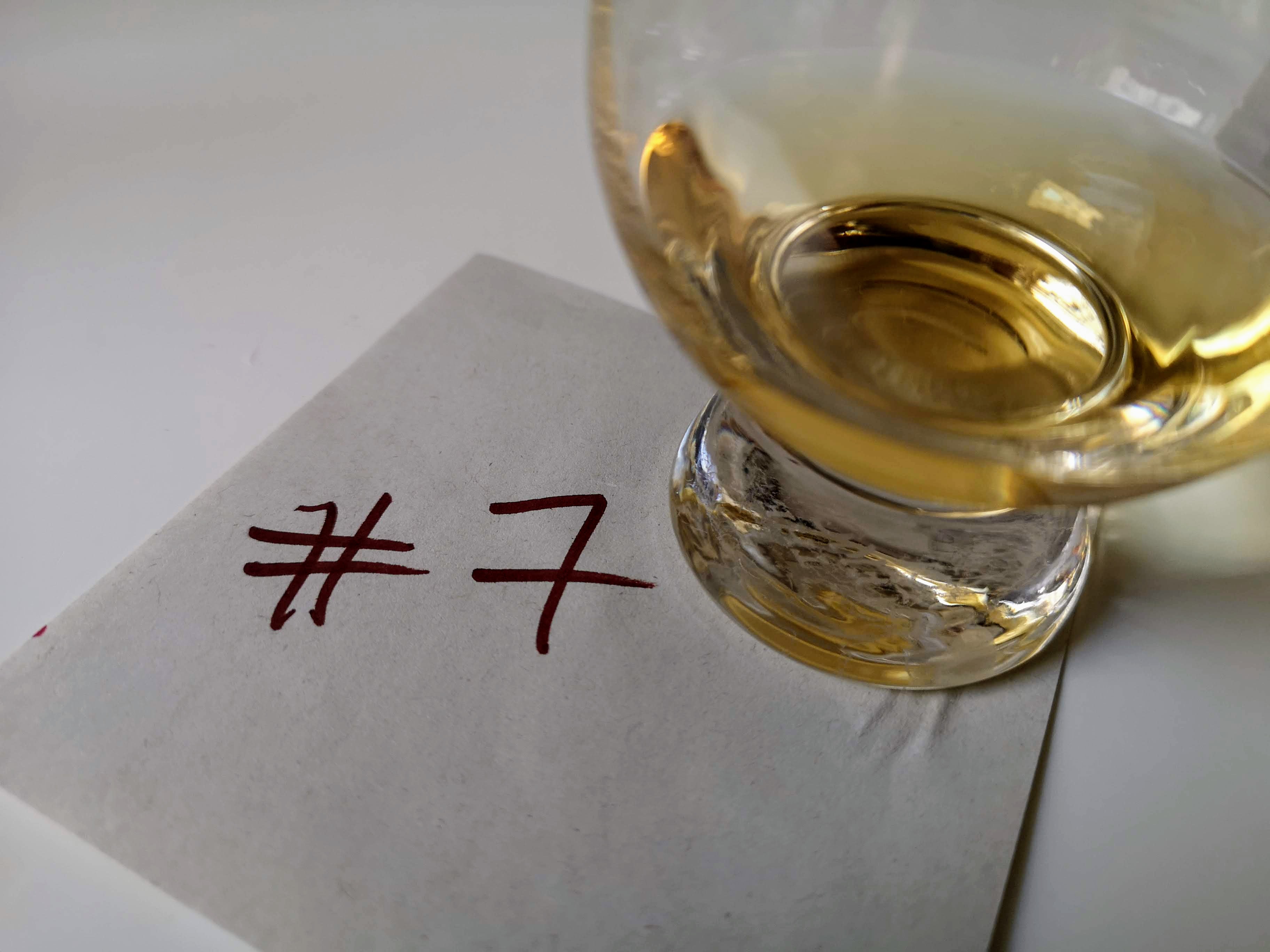
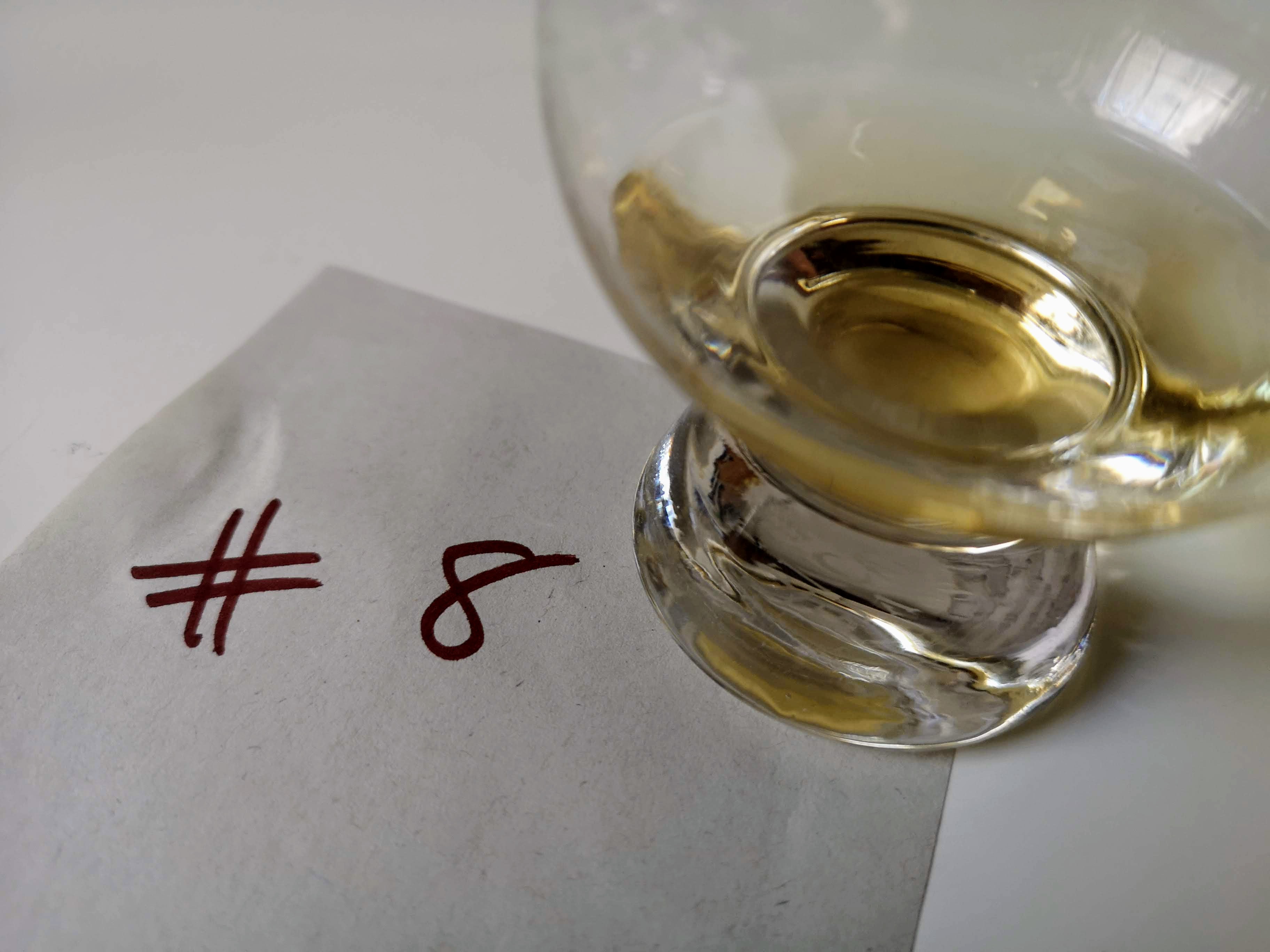
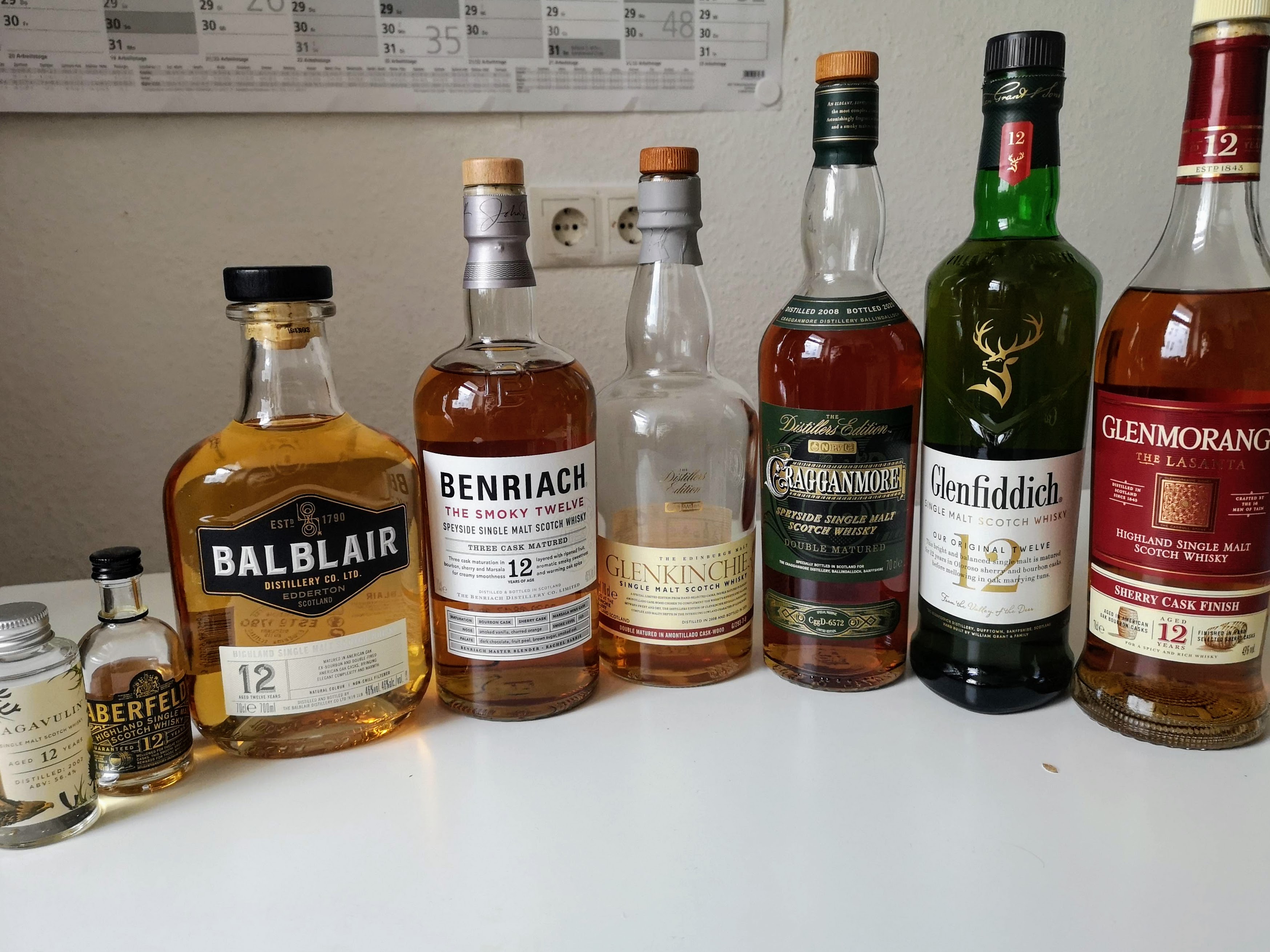
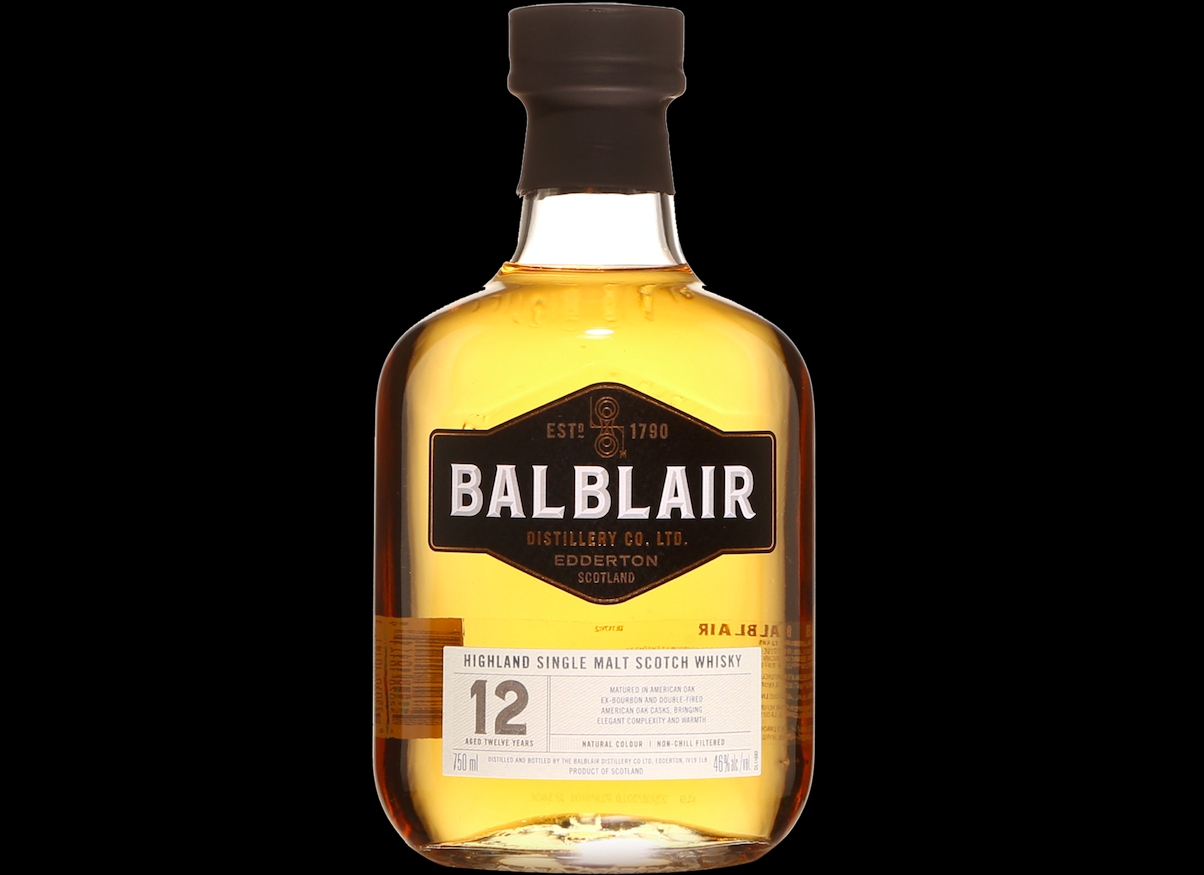






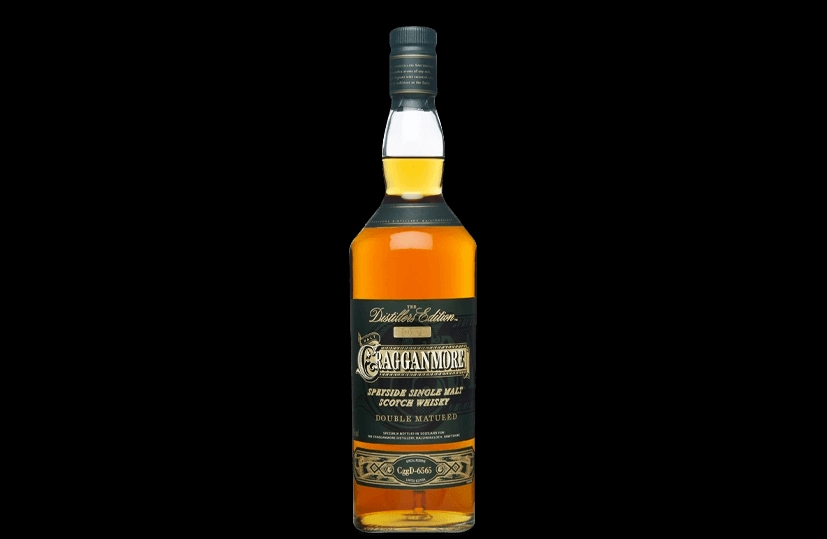
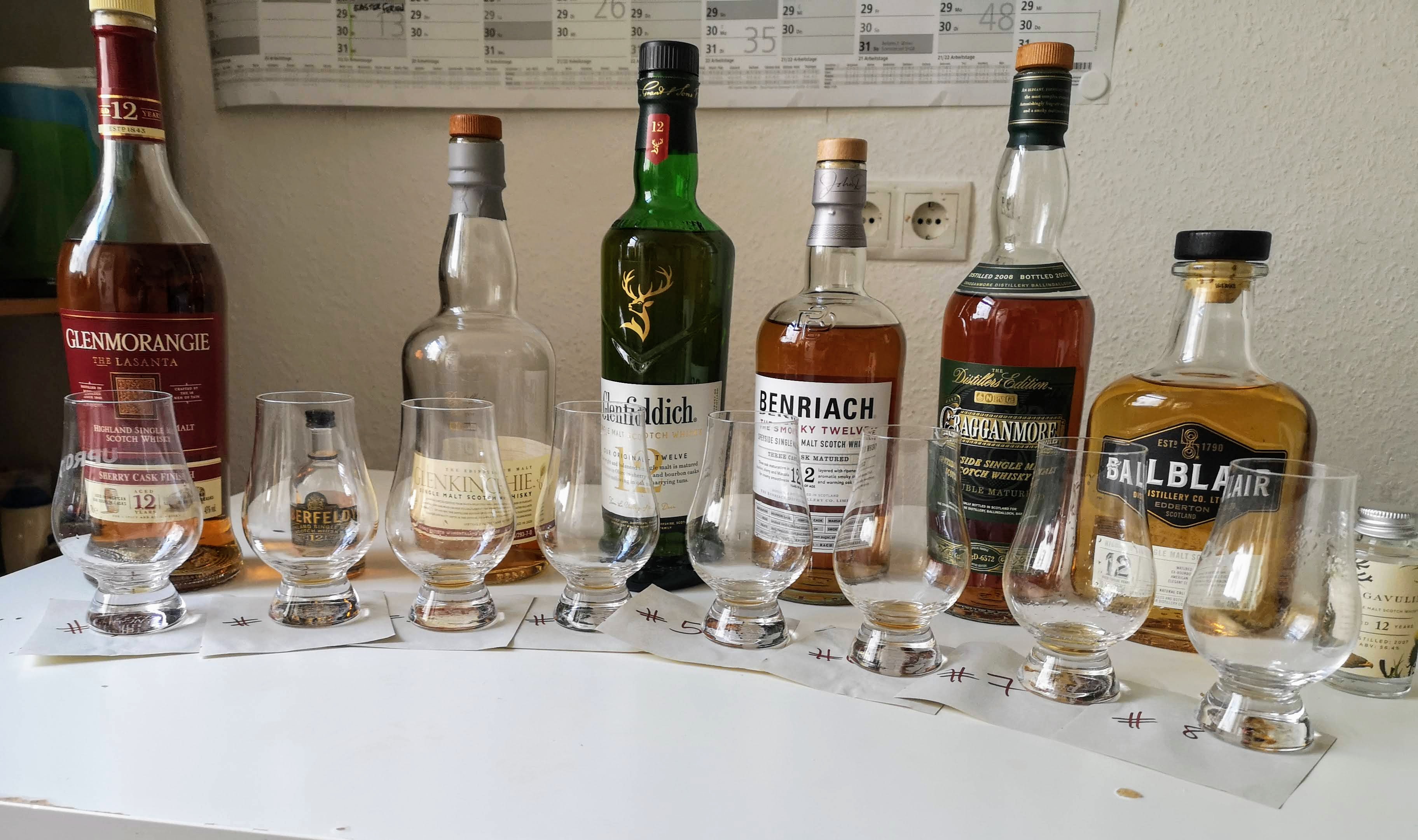
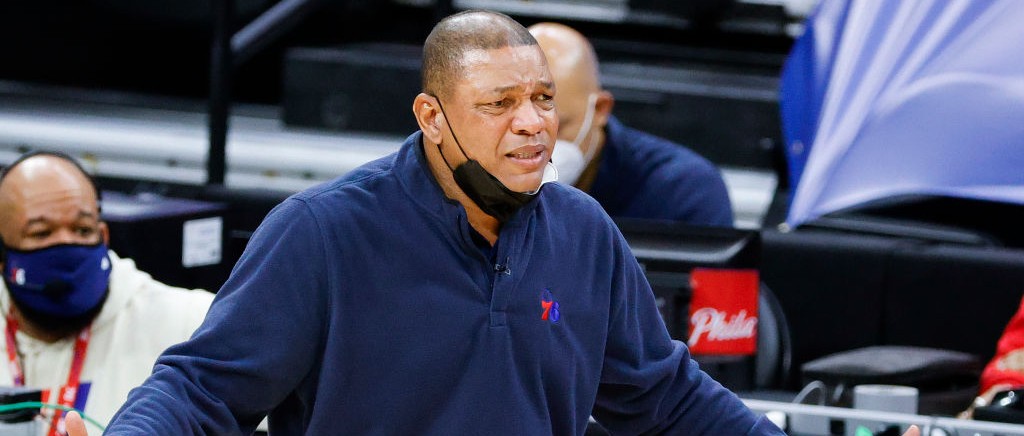

 (@N1NOBROWN)
(@N1NOBROWN) 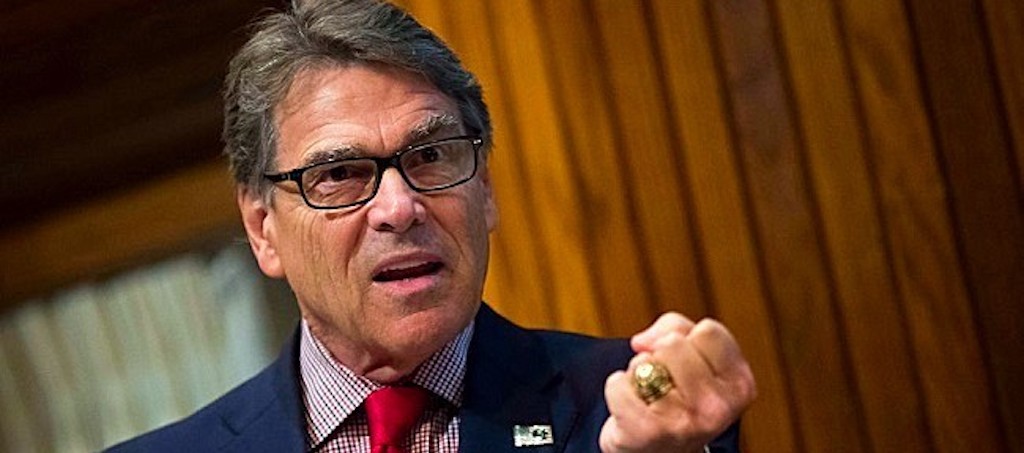
 (@borderorder)
(@borderorder)  (@cmclymer)
(@cmclymer) 
